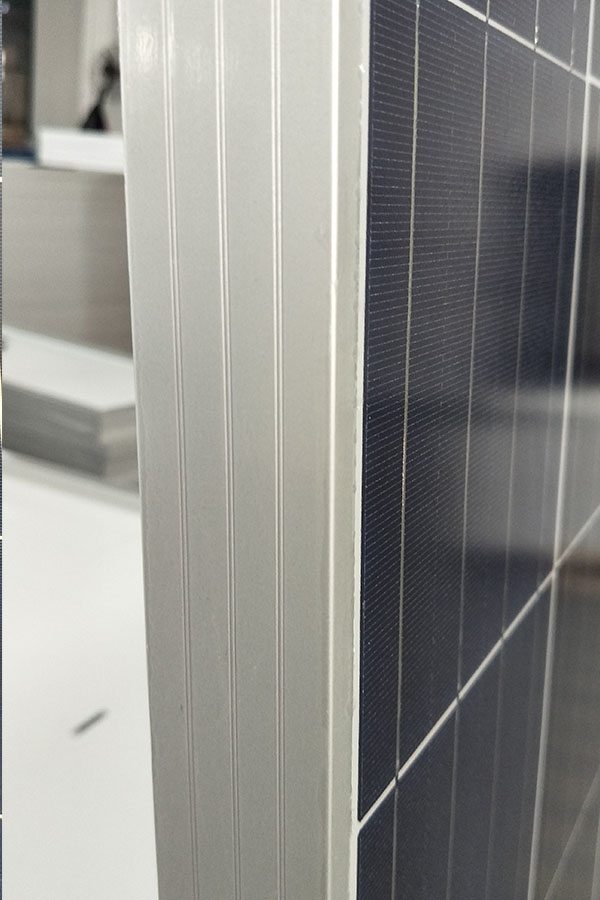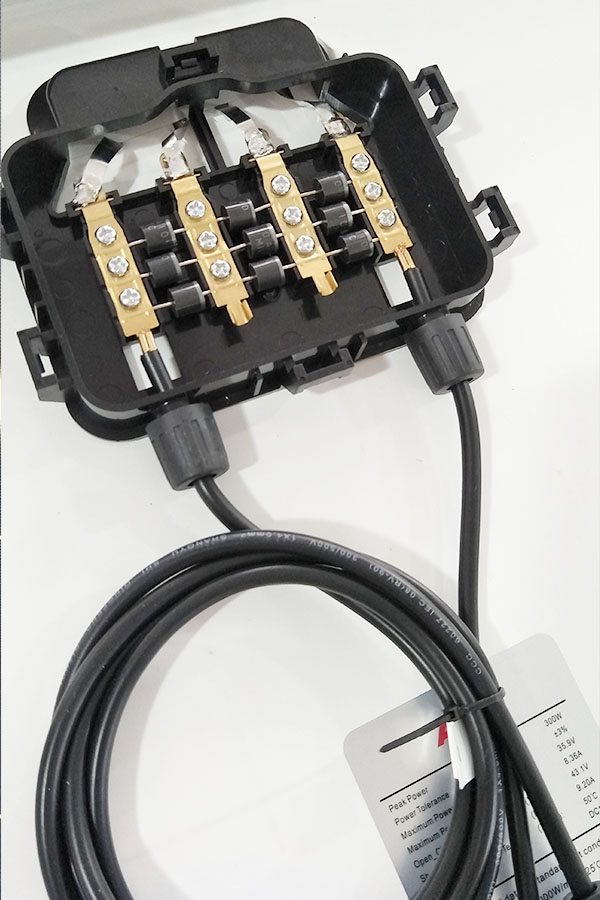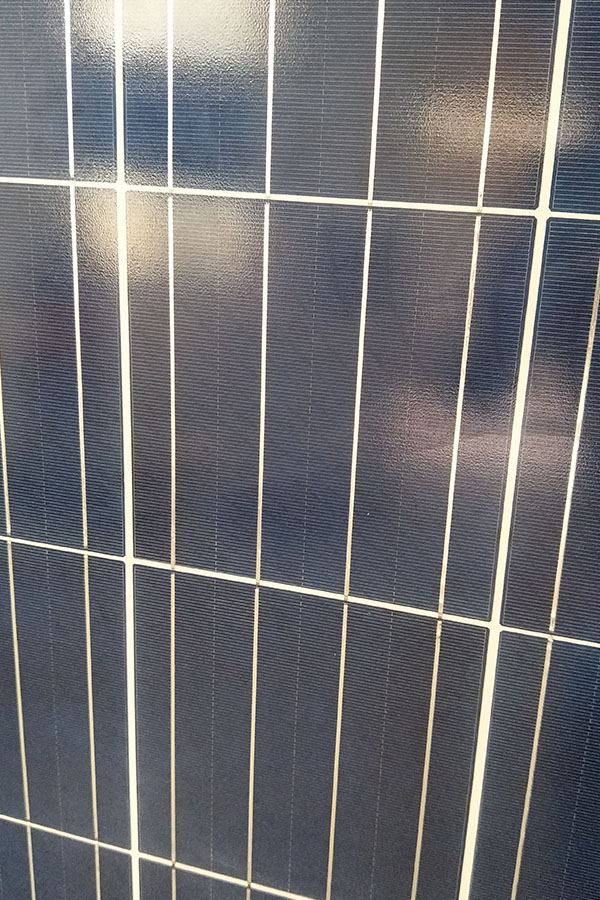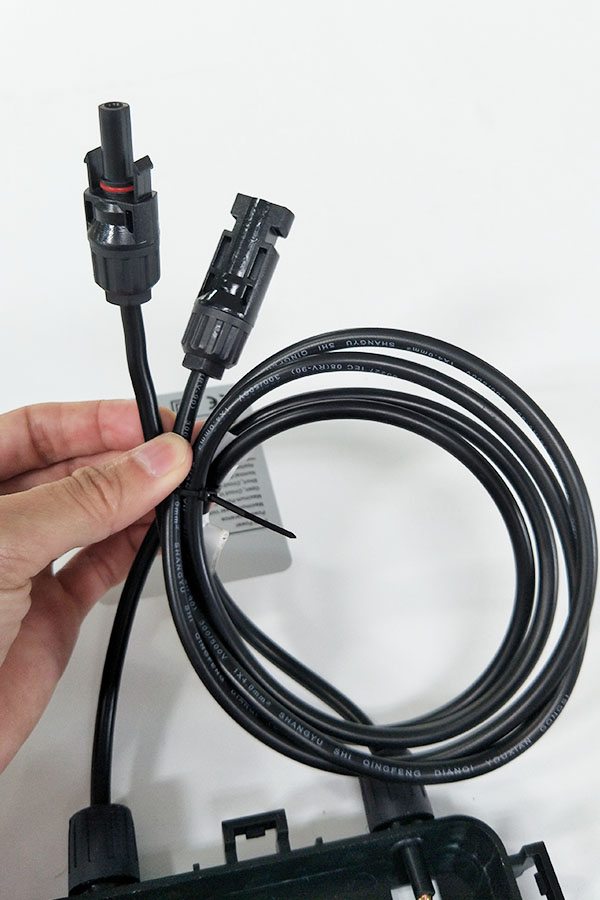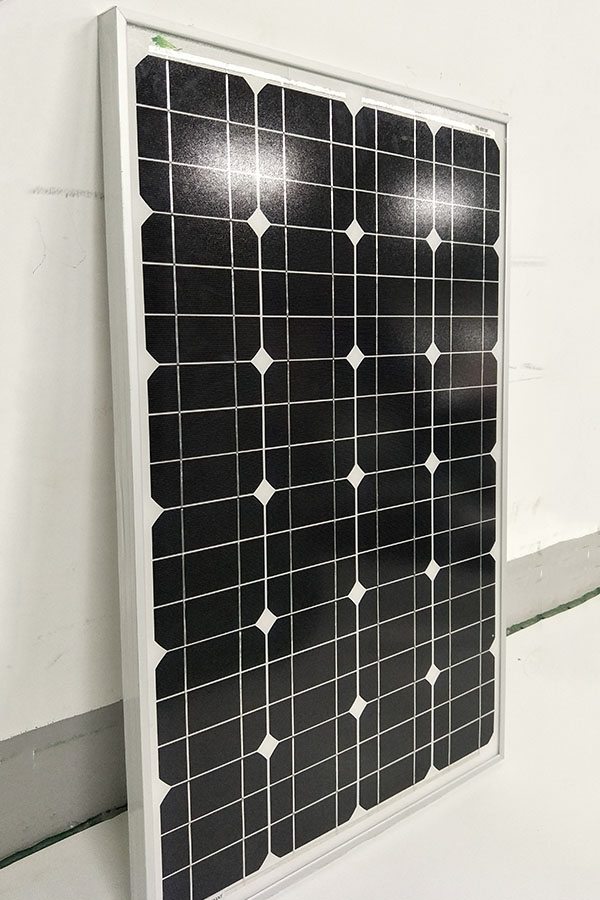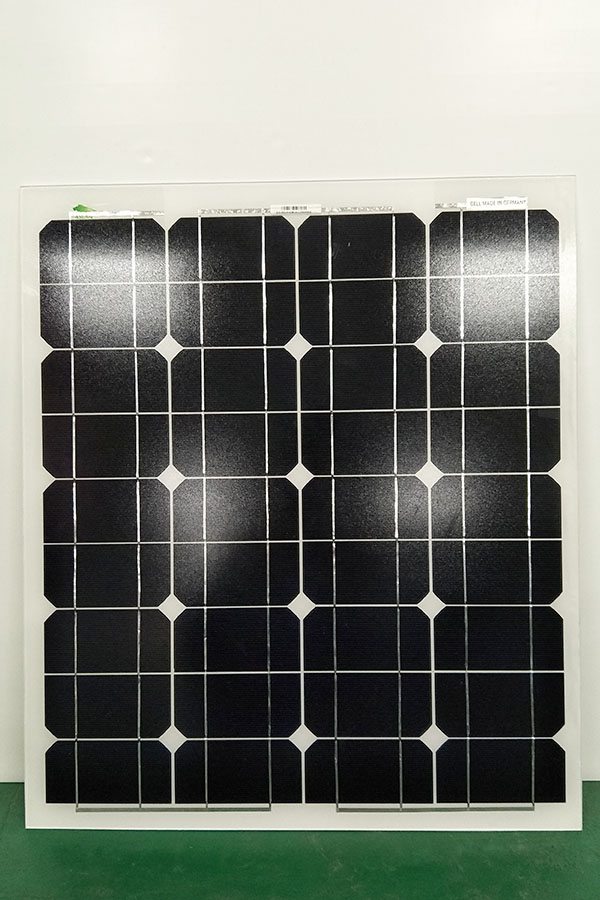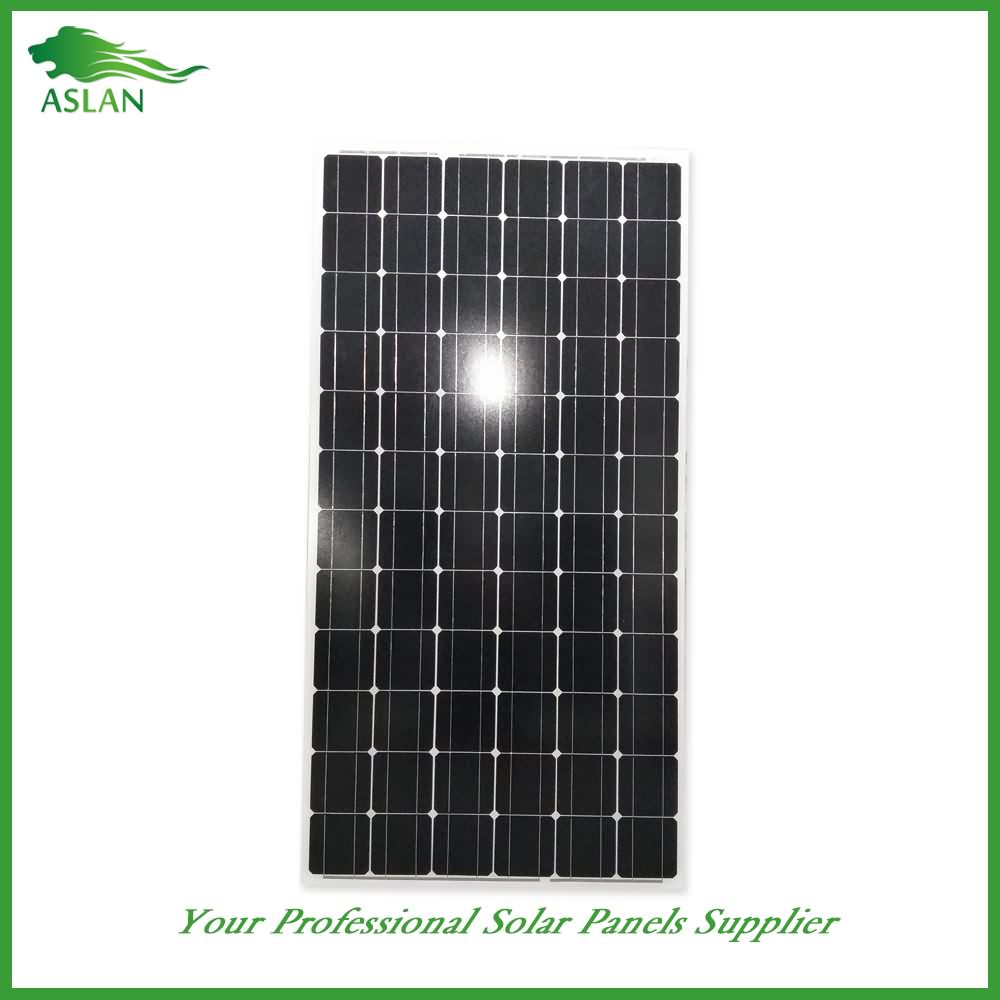Factory supplied Poly-crystalline Solar Panel 150W for Hamburg Factory
Short Description:
We believe that long term partnership is a result of high quality, value added service, rich experience and personal contact for Factory supplied Poly-crystalline Solar Panel 150W for Hamburg Factory, We warmly welcome merchants from home and abroad to call us and establish business relationship with us, and we will do our best to serve you.
Poly-crystalline Solar Panel 150W
Technical parameter
Maximum Power(W) 150W
Optimum Power Voltage(Vmp) 17.92V
Optimum Operating Current(Imp) 7.83A
Open Circuit Voltage(Voc) 21.86V
Short Circuit Current(Isc) 8.59A
Mechanical Characteristics
Cell Type Poly-crystalline 156x156mm (6 inch)
No of Cell 36 (4x9pcs)
Dimensions 1482x678x35mm
Weight 11.9KGS
Front Glass 3.2mm,High Transmission, Low Iron,Tempered Glass
Junction box IP65 Rated
Output Cable TUV 1×4.0mm2/UL12AWG,Length:900mm
Temperature and Coefficients
Operating Temperature(°C): -40°C ~ + 85°C
Maximum System Voltage: 600V(UL)/1000V(IEC) DC
Maximum Rated Current Series: 15A
Temperature Coefficients of Pmax: -0.435%
Temperature Coefficients of Voc: -0.35%
Temperature Coefficients of Isc: 0.043%
Nominal Operationg Cell Temperature (NOCT): 47+/-2°C
Materials of solar panel
1).Solar Cell——Poly-crystalline solar cell 156*156mm
2).Front Glass——-3.2mm, high transmission, low iron, tempered glass
3).EVA——-excellent anti-aging EVA
4).TPT——-TPT hot seal made of flame resistance
5).Frame——anodized aluminum profile
6).Junction Box——-IP65 rated, high quality, with diode protection
Superiority: high quality anodized aluminum frame, high efficiency long life, easy installation, strong wind resistance, strong hail resistance.
Features
1. High cell efficiency with quality silicon materials for long term output stability
2. Strictly quality control ensure the stability and reliability, totally 23 QC procedures
3. High transmittance low iron tempered glass with enhanced stiffness and impact resistance
4. Both Poly-crystalline and Mono-crystalline
5. Excellent performance in harsh weather
6. Outstanding electrical performance under high temperature and low irradiance
Quality assurance testing
Thermal cycling test
Thermal shock test
Thermal/Freezing and high humidity cycling test
Electrical isolation test
Hail impact test
Mechanical, wind and twist loading test
Salt mist test
Light and water-exposure test
Moist carbon dioxide/sulphur dioxide
Solar PV array installed on roof top of a house in Sri Lanka. This system consists of 6 solar PV modules each with 250 W capacity, an inverter and other accessories. This system is designed to produce 1500 W at its maximum operating conditions.
▶ SUBSCRIBE HAPPY LEARNING! http://bit.ly/HappyLearningTV
Educational Videos and songs for Kids. The solar system planets, mercury, venus, earth, mars, jupiter…
Today we’re going to learn about the Solar System. As you know, the Sun is a star, one of the many stars that form the Milky Way. But for us, it is the most important star shining in the sky.
Planets move around the Sun, and so do comets and asteroids. Well, the Sun and everything that revolves around it is what we call the Solar System.
The most interesting things that we should know about in the solar system are the Planets. Let’s look at them, starting with the ones closest to the sun, and then getting further away!
The closest planet to the Sun is Mercury… then there is Venus… then comes the Earth. Yes, our planet where we live… Then there is Mars… Jupiter, the largest planet… Saturn… Uranus… and then the furthest away is Neptune.
▶SUBSCRIBE TO HAPPY LEARNING! http://bit.ly/HappyLearningTV
“Educational Videos and songs for Kids”
As you can see, Mercury, Venus, Earth and Mars are closer to the sun and also smaller than Jupiter, Saturn, Uranus and Neptune.
One important thing you should know is that the journey that all planets make around the sun is called an orbit.
Now, a question: do you know where the days of the week… get their names from…? Well, if we think about it for a minute… the Moon, which is not actually a planet itself, but Earth’s natural satellite… gives it name to Monday… Tuesday, Wednesday, Thursday and Friday come from ancient British gods that were related to the planets Mars, Mercury, Jupiter and Venus… Saturday gets its name from Saturn…. and of course, the Sun itself gives us the name Sunday. So if you remember that there is also Uranus, Neptune and our own Earth, then you know all the names of the eight planets in the solar system.
Easy, eh?
So, goodbye for now, everyone. And don’t forget to subscribe to Happy Learning!

